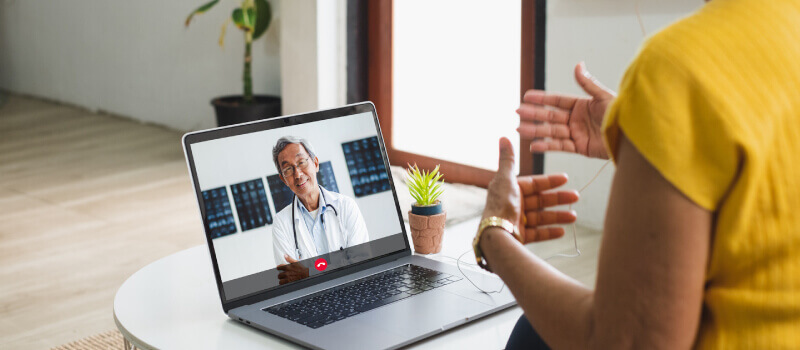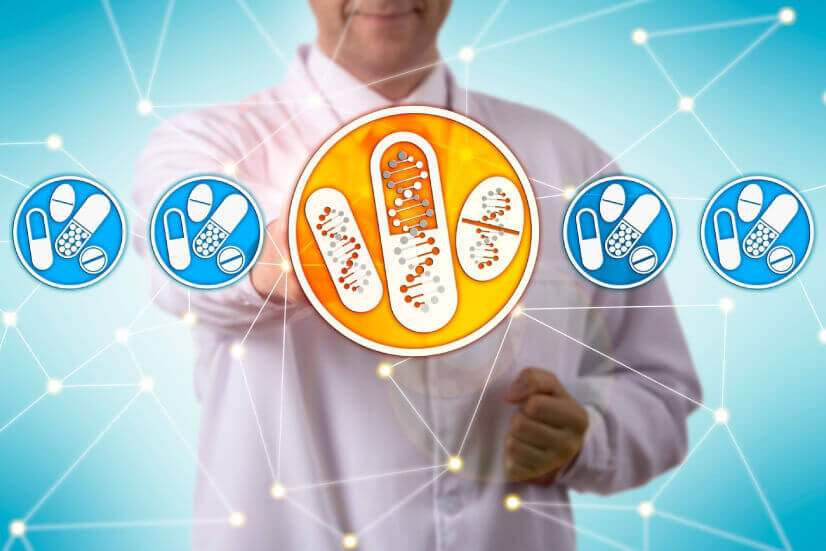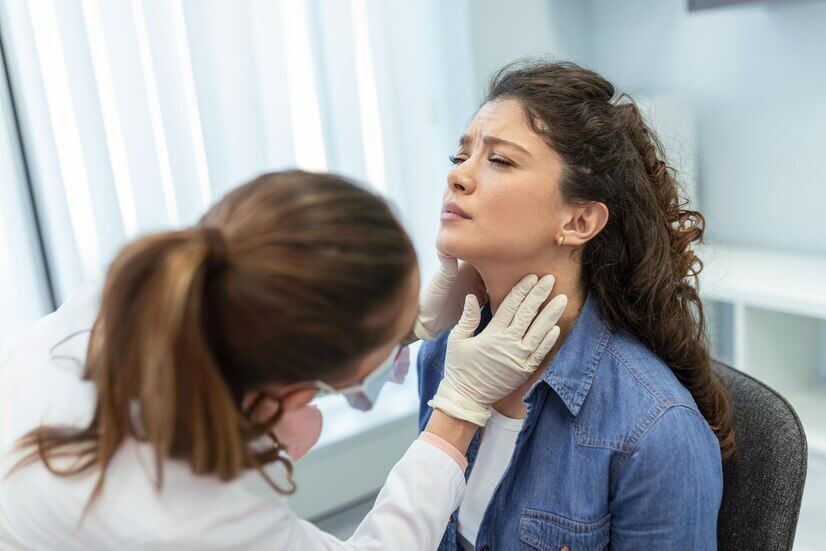The way people get medical treatment is changing significantly in our constantly shifting healthcare environment. Telehealth, which uses technology to provide treatment remotely, is expanding quickly, as we can witness today. Imagine a person suffering from heat-related illnesses and unable to access a doctor, but the technology of “telehealth” is an angel connecting you to your physician. This article explores the telehealth revolution and how it might completely change how we get medical treatment. This conversation will explore its many uses, including remote monitoring for long-term illnesses and video consultations.
Notwithstanding its advantages in terms of accessibility and ease, issues like the “digital divide” and data security issues still exist. Anticipating advancements in artificial intelligence and remote monitoring, we’ll explore the exciting future of telehealth. Take part in this journey to discover how telehealth may empower you to manage your health.
Defining Telehealth Revolution

To begin with, let us clarify what telehealth is. It’s a general term for a variety of online medical services. Consider getting online medical care from experts, seeing doctors via video conferences, or even receiving therapy for mental health issues from counselors while relaxing on your couch. The main idea behind telehealth is using technology to deliver medical care while you’re at home.
Let’s go back a little now. The telehealth revolution has been going above and beyond. Do you recall those awkward phone consultations from the past? We now live in a world where protected messaging services, high-definition video conversations, and wearable technology that instantly transmits your health data are standard. It’s a massive departure from the past, and even more unique opportunities lie ahead.
Advantages of Telehealth

Innovations in the medical profession, such as the telehealth revolution, have several advantages. Though we’ll talk about the drawbacks, let’s first consider the benefits of this technology.
Breaking Down Barriers
One of telehealth’s most significant benefits is its ability to break geographical barriers. Imagine residing in a restricted community with restricted access to experts. Telehealth fills that gap. Long, costly journeys are no longer necessary because you may now connect with excellent doctors in busy cities. It serves as a game-changer for people living in remote locations or with limited mobility.
Saving Time and Money
You have to acknowledge the high cost of standard healthcare, but an affordable option is provided via telehealth. Just consider the savings: no more travel expenses, no need to miss work, and in some situations, even less expensive consultation fees. The procedure is streamlined via telehealth, which helps patients and providers save significant time and money.
Improved Patient Engagement
Thanks to this particular service, patients are given more freedom to manage their health actively. Patients can receive instructional materials, self-monitoring tools, and customized care regimens via telehealth. This enhanced participation results in a healthier lifestyle, better adherence to treatment plans, and, ultimately, better health outcomes.
Continuity of Care
Remote medical technologies allow for smooth communication between medical professionals, making better continuity of care possible. The easy accessibility of test findings, treatment plans, and patient medical information across platforms ensures consistency in providing care. Over time, this continuity improves patient outcomes and decreases the risk of medical mistakes.
Disadvantages of This Technology

As we have already discussed, we will discuss the disadvantages or cons of this specific technology, so it is time to go for it.
Technological Barriers
Disparities in access to healthcare arise from the fact that some people need more equipment or a dependable internet connection required for telehealth consultations. Nevertheless, this restriction mainly impacts underprivileged groups and people living in rural regions.
Limited Physical Examination
In-person visits may involve a more comprehensive physical examination than telehealth consultations. However, it might result in incomplete evaluations or missed diagnoses, particularly for illnesses requiring testing or direct inspection.
Privacy and Security Issues
Protecting patient privacy and security is crucial in telehealth. Nonetheless, the spread of telehealth platforms raises questions about data breaches and the confidentiality of medical records, endangering patient privacy and confidence.
Post Pendamic Telehealth Revolution
The COVID-19 epidemic prompted the introduction of telehealth. Remote healthcare became essential due to social distancing measures and worries about contracting the infection. This quick change showed how convenient and successful telehealth is. This fresh approach was welcomed by both patients and clinicians, opening the door for a time when telehealth will be essential to healthcare provision.
Future of Telehealth
Telehealth is a promising field, as artificial intelligence is predicted to be a significant factor in evaluating patient data to pinpoint health issues and personalize treatment plans. Moreover, improvements in remote patient monitoring tools will keep transforming the treatment of severe medical conditions.
Furthermore, in a perfect world, your smart inhaler would track your asthma symptoms, and your intelligent bandages would track how well your wounds are healing, all while transmitting real-time data to your doctor for preventative measures. These are only a few peeks of what is ahead for telehealth, a time when technology will enable us to better control our health than in the past.
Collaboration between patients, technology firms, lawmakers, and healthcare practitioners is essential to maximizing the benefits of telehealth. By working together, we can ensure that developments in telehealth prioritize data security, solve current disparities, and provide an innovative regulatory environment.
Conclusion
The Telehealth revolution is the accessibility of healthcare, not merely a trend. Telehealth opens doors for a healthy future by removing obstacles, fostering convenience, and empowering people. Thus, welcome the opportunities! Participate actively in your journey toward well-being by investigating the wide range of available telehealth programs. Recall that your health is your most significant asset, and telehealth is designed to enable you to take control of it!
Is it possible to get treatment for kidney disease via telehealth?
Yes, telemedicine has a place in the management of kidney disease. It might not completely replace in-person visits, but it does enable remote monitoring, prescription checks, and professional consultations.
Which telehealth best practice is it?
Developing a solid online video presence is essential for effective telehealth care delivery. Position the camera at the best possible angle to prevent glare and keep eye contact with the patients. However, the patients will benefit from feeling more at ease and assured, knowing that they are paying close attention.
In the future of telehealth, what part does artificial intelligence play?
AI has enormous potential for the future of telehealth. AI systems can examine massive volumes of patient data to spot trends, forecast health concerns, and customize treatment regimens. This technology might simplify healthcare delivery, increase remote monitoring capabilities, and improve diagnostic accuracy.
What steps are being taken to address disparities in access to telehealth services?
In particular, efforts are being made to fill the gaps in underprivileged people’s access to telehealth services. Moreover, it includes programs to improve technology accessibility and internet access. In addition, it builds up broadband internet infrastructure in remote locations and offers assistance and education to patients who might need to be more comfortable with telehealth platforms.









